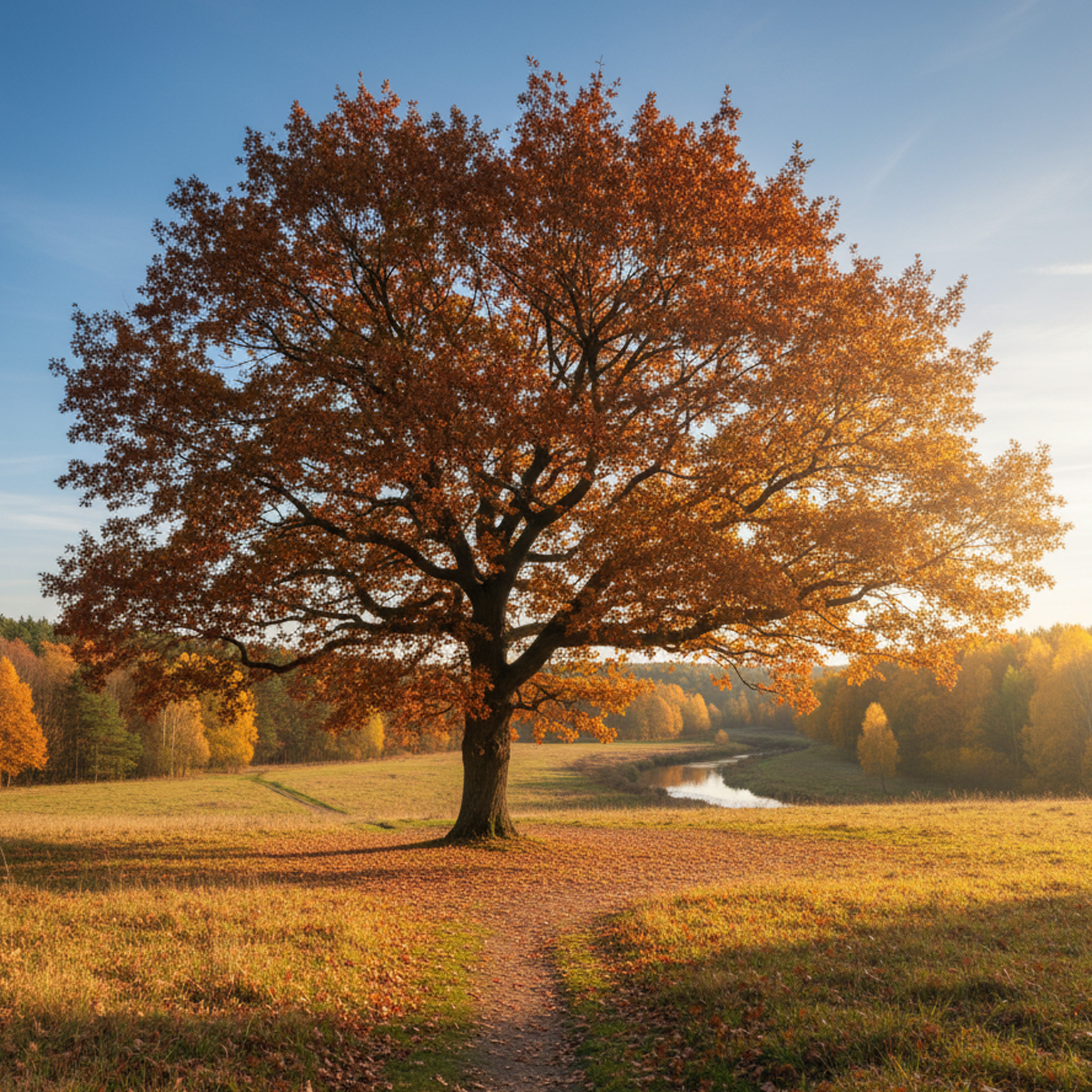 MENU
MENU
Fall is the in-between season when summer heat fades, the air turns crisp, and the trees begin preparing for dormancy. It’s also the perfect time to give your landscape some extra attention. Trees that receive care now will be healthier through the winter and bounce back stronger in spring.
1. Start With a Thorough Cleanup
After months of summer storms and growth, most yards have fallen branches, twigs, and leaves. Clearing away this debris does more than make your yard look tidy - it also helps prevent pests and diseases from settling in for the winter. Wet, decaying leaves can harbor fungi and insects that spread problems to your trees next year.
If you notice leaves with black spots, powdery mildew, or other signs of disease, don’t toss them into the compost pile. Bag them up and dispose of them properly. Reintroducing diseased material into your soil can lead to bigger issues when warm weather returns.
2. Inspect Your Trees for Signs of Trouble
With your yard clear, take a closer look at your trees. Are there cracked or broken branches? Splits in the trunk? Mushrooms or fungi growing around the base? These can be early warnings that a tree is stressed, unstable, or dangerous. Catching problems now gives you time to schedule pruning or professional care before heavy winds, ice, or snow arrive.
3. Take Advantage of Fall Pruning
Fall is one of the best times to prune. Because growth slows down, removing weak or dead limbs is not as stressful for the tree and helps prevent storm damage. Thinning out crowded branches also lets more sunlight reach your yard during the winter to encourage stronger, healthier growth when spring arrives.
Just remember: don’t over-prune. Taking too much off at once can harm your tree. When in doubt, consult a certified arborist who can determine exactly what needs to be trimmed. At Everett, all our arborists are ISA certified.
4. Refresh the Mulch
A layer of mulch around the base of your trees helps keep soil moist, protect roots from sudden temperature swings, and reduces weeds. Spread mulch in a wide circle, two to three inches deep, but keep it a few inches away from the trunk itself. Piling mulch against the bark can trap moisture and lead to rot.
5. Keep Watering During Dry Spells
While cooler weather means trees need less water, they’re not ready to be ignored completely. If rainfall is scarce, give your trees a deep soak every week or two, especially younger or newly planted ones. Well-hydrated trees handle winter stress better and recover faster in spring.
6. Think Long-Term
Fall tree care doesn’t have to be overwhelming. Breaking it into small, manageable steps - cleanup, inspection, pruning, mulching, and watering - keeps your trees healthy year after year. A little effort now leads to fewer surprises, a safer yard, and stronger, more beautiful trees when warm weather returns.
Ready to give your trees the care they need this fall? Contact Everett today to schedule a complimentary property estimate with one of our ISA-certified arborists.